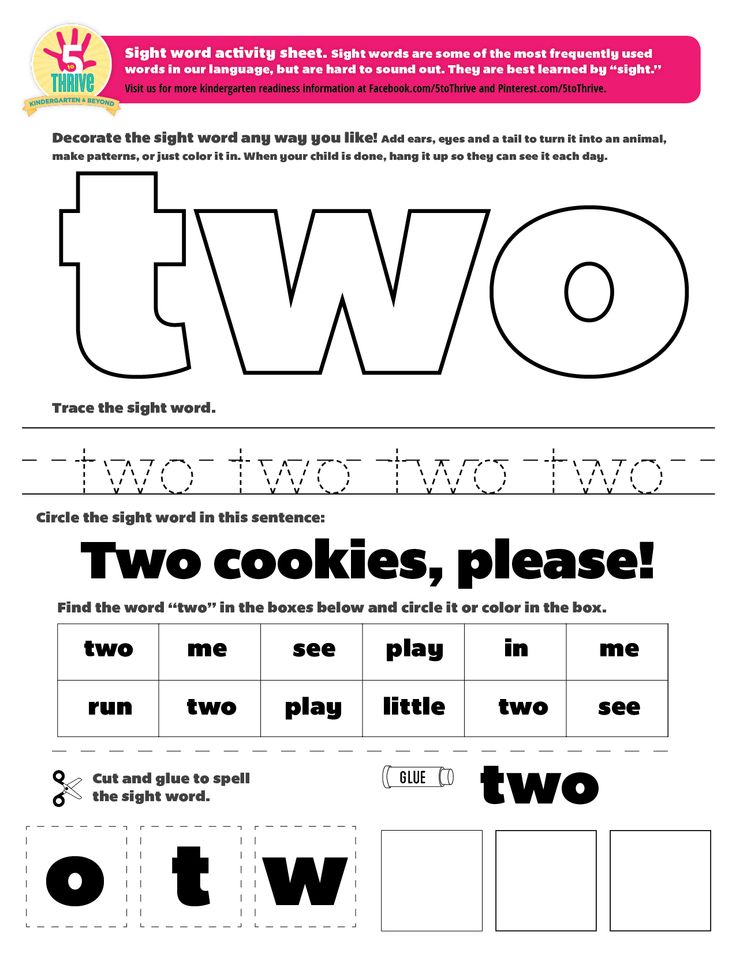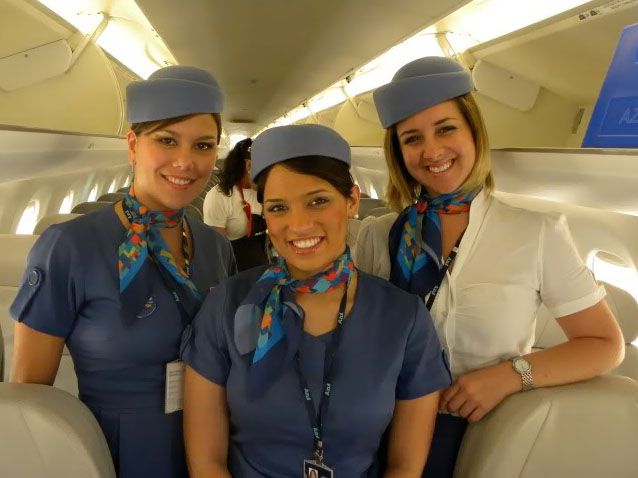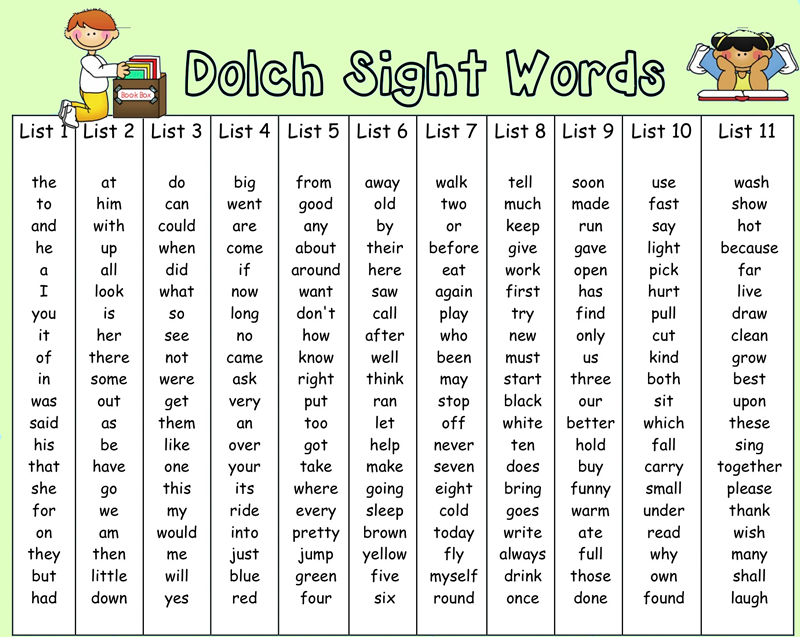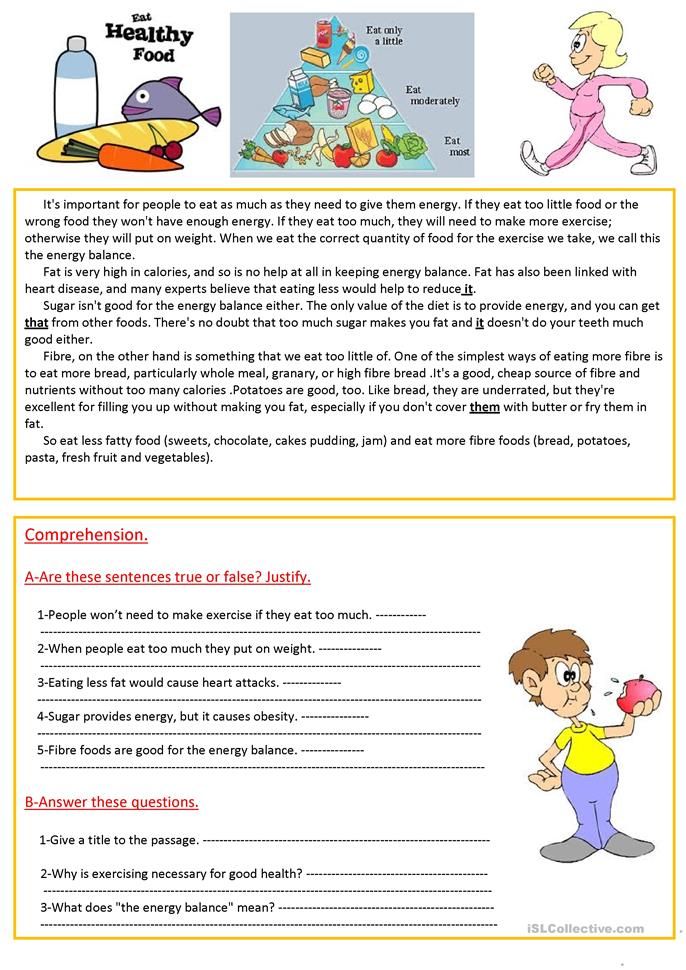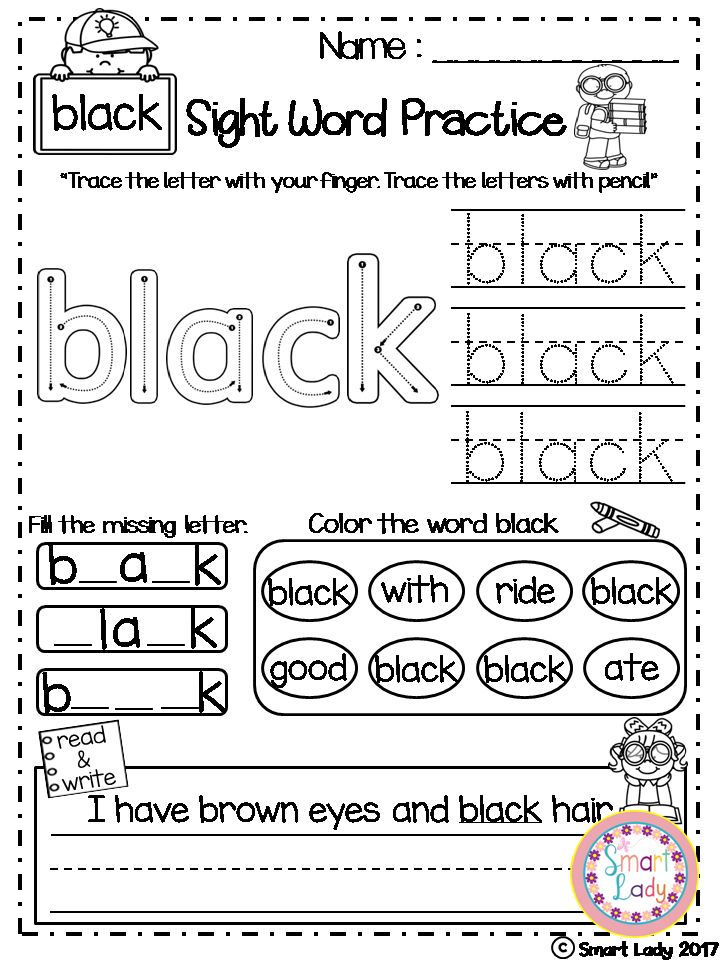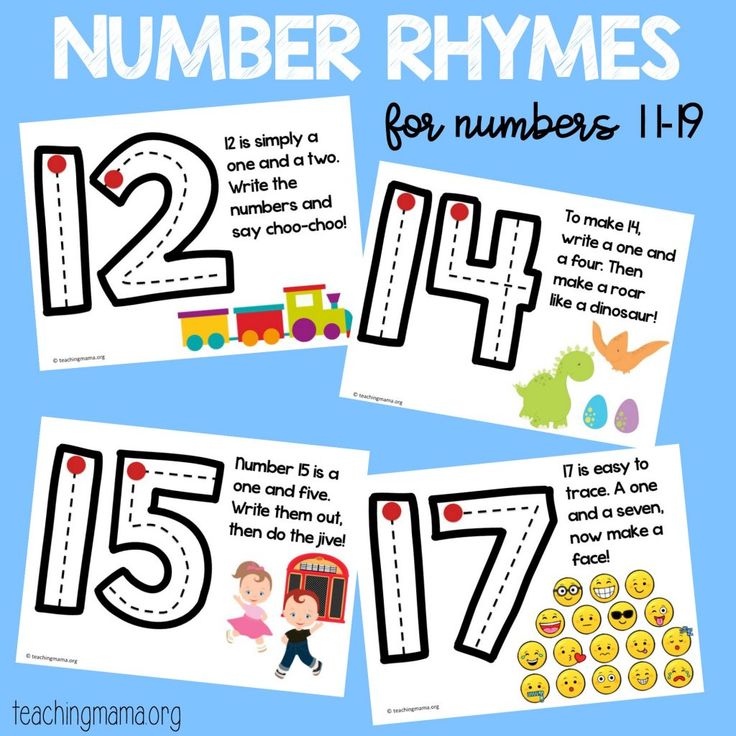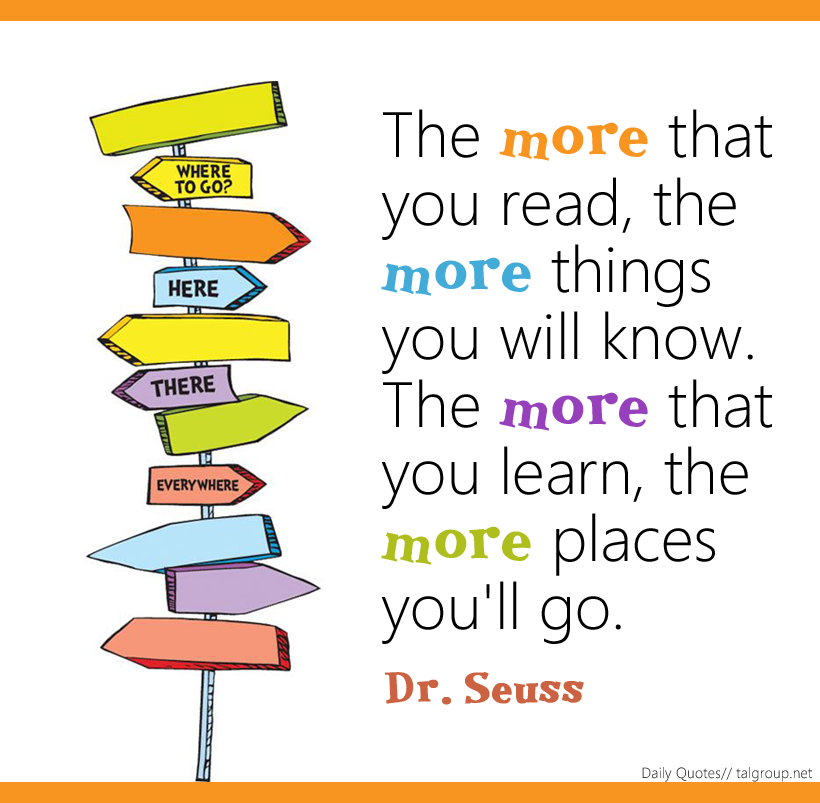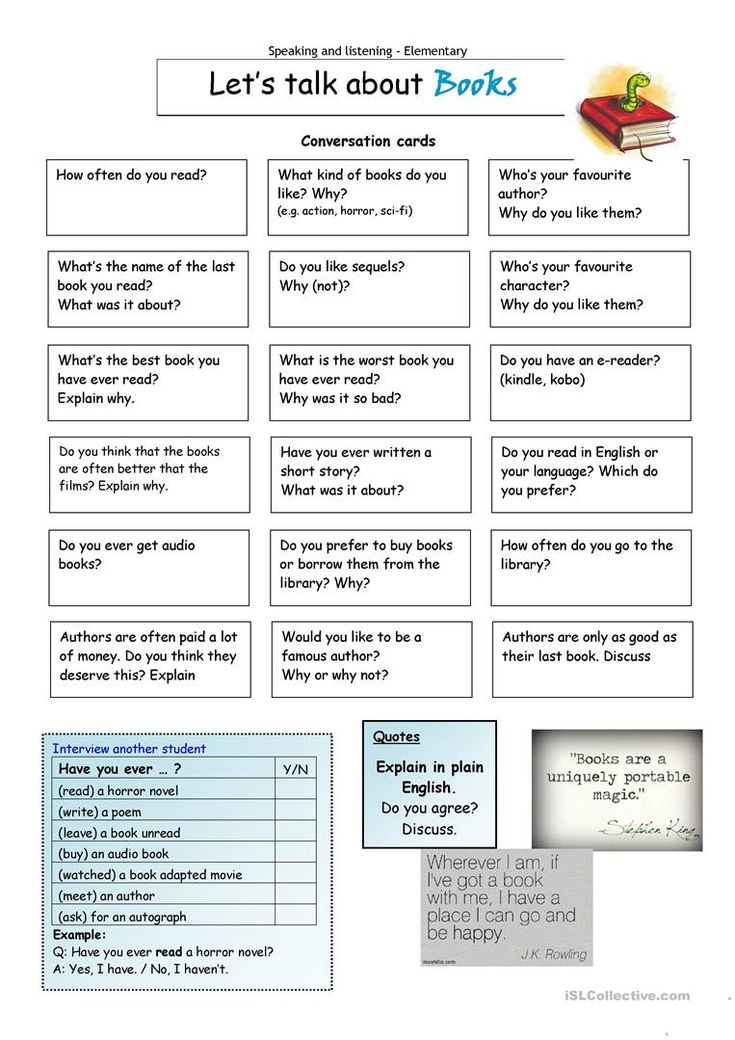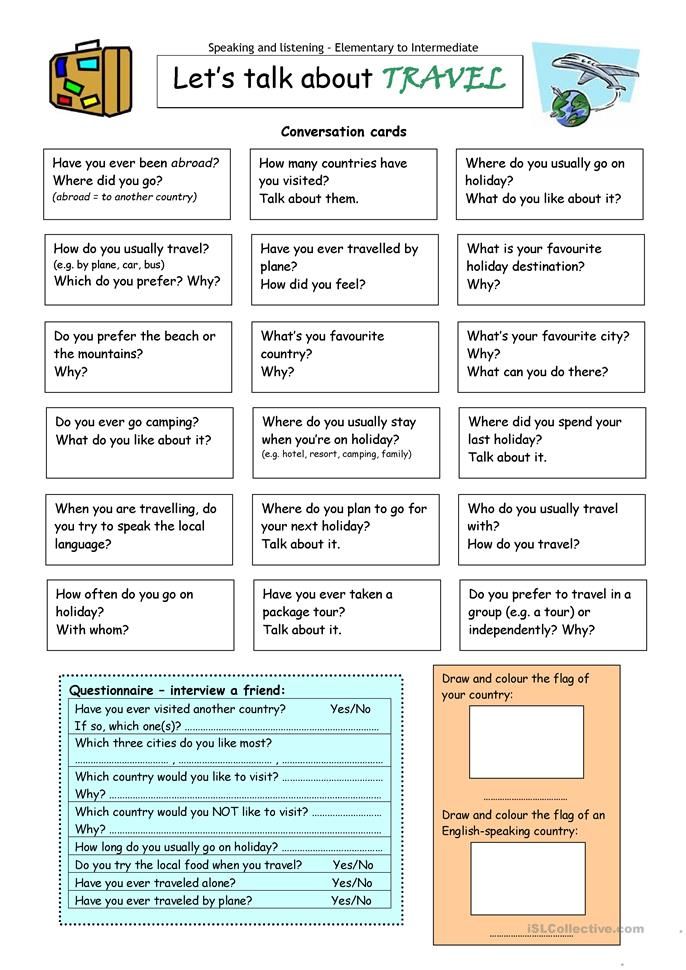Different kinds of fairy tales
7 Common Sub-Genres of Fairytales for Fiction Writers
I have always had a love of stories that begin with the magical words: once upon a time…
Fairytales have a way of transporting readers into place of wonder, adventure and romance.
It’s a land of extreme contrasts – of good facing off evil — and a land where it seems like the possibilities are endless.
All of that, and a little fairy dust besides, are the common elements that make fairytales so popular.
Personally, I love writing fairytale retellings. Under my pen name, I’ve written a romance series that is based loosely on the fairytales of Cinderella, Beauty and the Beast, Sleeping Beauty, Rapunzel and Snow White.
It’s been such fun to write these stories. I’ve been amazed at how many romance readers love a story told from the perspective of a popular fairytale.
Yet, not all fairytales are specifically focused on romance, although you can add romance to just about any story you write.
Since Genre gives us the foundation on which to build a fairytale, in today’s post I’ll share some of what I’ve learned about the elements that make a fairytale… well, a fairytale. 😉
Since I was a young child, I loved reading fairytales. I would read about the poor girl who was treated horribly by her stepmother and stepsisters, then a fairy godmother came along and sprinkled a little fairy dust so Cinderella could make it to the ball just in time to meet her prince.
I always assumed fairytales were about a princess or poor girl who was saved by fairy dust, magic and a prince.
Turns out, according to Grimms’ fairytales, there’s much more to fairytales than I originally thought. According to the stories written by the Grimm brothers, there are no fairies or fairy godmothers. Instead they write of wise women that are sort of mentors to the young girl(or man) and these wise women have magical abilities that they use for good.
What do your favorite fairytales have in common? Do you love princess stories? Or maybe you prefer stories with talking animals? Or maybe you love traveler’s tale where a poor woman(or man) sets out to seek her/his fortune?
Whichever type of fairytale you like best, there are specific elements that make up a fairytale.
As I’ve been studying Grimm brother’s fairytales(a helpful book to read is: “Lessons from Grimm” by Shonna Slayton), I’ve learned that those fairytales cross many genres. In today’s blogpost, I thought I’d share seven popular sub-genres within Grimms’ fairytales. The following thoughts on fairytale subgenres are ideas I’ve learned from the book “Lessons from Grimm” by Shonna Slayton.
1.Romance: Marriage and forgotten love
I listed this one first, as many of these fairytales are focused on a couple’s budding romance.
Common characteristics of a romance in Grimms’ fairytales:
- a couple meets each other and is often engaged near the beginning of the story.
- Outside magical forces separate them.
- One of the people in the relationship(usually the woman) fights for their love and saves the relationship.
These romances are focused on a love between ordinary people. These stories of commoners could be used as inspiration for a royalty romance which would include a princess and prince(or king and queen, etc. ).
).
2.Royalty Fairytale.
For this sub-genre of a fairytale, the story needs to have both royal characters and a romance.
Common characteristics of a Royalty fairytale:
- The setting is in a Kingdom.
- The tale is focused on the Royal family.
- There is romance, which often ends in marriage.
Royalty fairytales are among the most popular for readers, as many of these romances are in the top one hundred in digital retail stores. Fairytales like Cinderella or The Frog King are some examples.
A Royalty fairytale ties together strongly the characters, plot and theme.
You might remember this, from the popular fairytale Cinderella. Cinderella is treated like a peasant girl in her own home until one day her fairy godmother appears and helps her magically be dressed in royal dress to go to the King’s ball. There she meets the Prince who is enchanted by her. She falls for him, but has to leave the ball when the clock strikes midnight. She leaves behind one of her shoes as she runs away. The prince searches throughout the Kingdom for the woman whose feet will fit the glass slipper. When Cinderella finally tries on the shoe, the Prince happily announces that he’s found the woman he loves and wants to marry her.
She falls for him, but has to leave the ball when the clock strikes midnight. She leaves behind one of her shoes as she runs away. The prince searches throughout the Kingdom for the woman whose feet will fit the glass slipper. When Cinderella finally tries on the shoe, the Prince happily announces that he’s found the woman he loves and wants to marry her.
In this fairytale, Cinderella is good and kind even though she is treated badly by her stepmother and stepsisters. She experiences a type of death to self, as she becomes a servant to her family. Her true beauty is hidden(as she is covered in ashes) and everyday she is mistreated. In Grimm’s version of this tale, Cinderella prays everyday and is given an opportunity to get our of her current life. At the ball, her eyes are opened to a much larger world and a kind prince who sees her when no one else does. After three days he saves her and takes her to his home and she is saved.
3. Fables.
Fables are short stories told with animals as main characters, and that teach a lesson.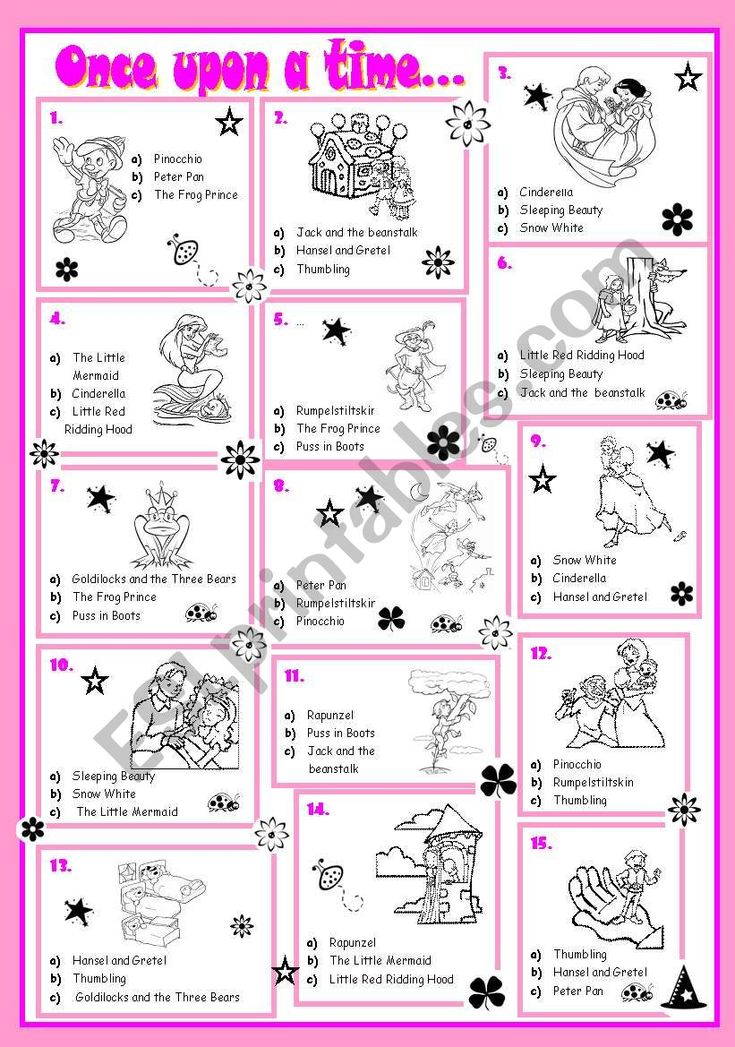 Many times when we think of fables, we think of Aesop’s fables. Yet, surprisingly there are a number of fables in the Grimm brothers collection.
Many times when we think of fables, we think of Aesop’s fables. Yet, surprisingly there are a number of fables in the Grimm brothers collection.
Common characteristics of a fable tale:
- Animals that talk.
- The is usually short with no subplots.
- Teaches some kind of lesson.
An example of a fable is the Grimm’s tale of The Hare and the Hedgehog.
Since the hare teases the hedgehog about his crooked legs, the hedgehog challenges him to a race. The hedgehog tells the hare, he first must go home to eat breakfast then he’ll race him. While at home, the hedgehog asks his wife to help him beat the hare. The Moral Lesson in this tale is: no one should talk down to anyone else to hurt or insult them.
4. A Home-Life Fairytale.
Fairytales centered around life at home, are homey, low-stakes stories and quite often tell a moral lesson.
Common characteristics of a home-life fairytale:
- The setting is in the house, on a farm or in an orchard.
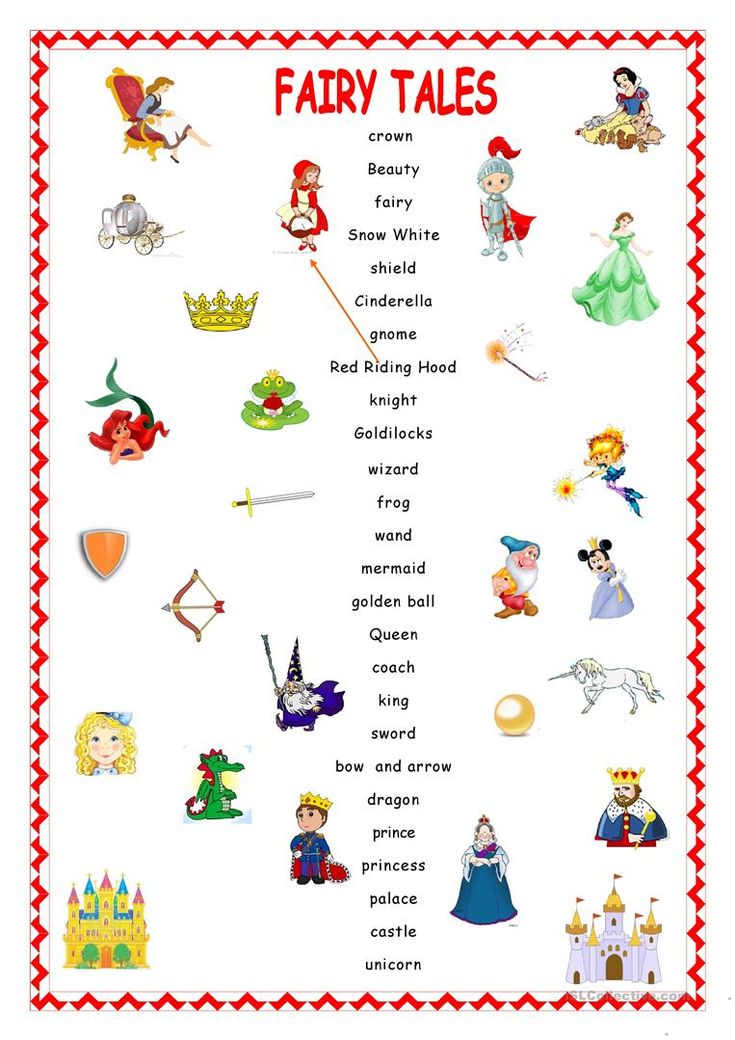
- Characters are working on the farm, or on land, or in the marketplace.
- There is usually one clever spouse and one simpleton and there are children.
- Usually, the tale is a lesson on how not to treat someone else.
An example of a fable from Grimm’s tale of Frederick and Catherine.
Newly married Catherine, she is a simpleton who makes a meal for her husband while he’s working in the fields. She creates one mistake after another and eventually because of her mistakes and poor communication between herself and her husband, Catherine accidentally gives all their money away.
5. A Fantasy Fairytale.
Fantasy fairytales include a little magic and sometimes dragons and other mystical creatures. In Grimm’s brothers the fantasy tales often have low-stakes have few fantasy creatures.
Common characteristics of a fantasy fairytale:
- Other worldly creatures (dragon, water nixie).

- Whimsical and magical stuff happens (limbs cut off can be reattached).
- It has higher stakes than a regular fairytale (a town is in suspended animation) or it’s an epic tale(a storyteller could tell the story over several novels).
An example of a fable from Grimm’s fairytale of The Glass Coffin.
A penniless tailor sets out to make his way in the world and to make his fortune. He finds lodging overnight and wakes up in the morning to see a fight to the death between a stag and a bull. The stag picks up the tailor and brings him to a cliff where he knocks on a door and the tailor is forced to enter.
There are fantasy elements included like glass bottles filled with blue vapor and the souls of people. There is a model village which is a town that has shrunk down to a tiny size and there is a princess lying in a glass coffin, who wakes up and tells a story.
6. Magical Realism (or real life with glimpses of magic).
Magical Realism is a genre that is set in regular life, with a little bit of magic added. It’s not necessarily a fairy-land or a fantasy land where there are a bunch of unicorns or dragons. But it’s an everyday life tale where suddenly, something out of the ordinary happens.
It’s not necessarily a fairy-land or a fantasy land where there are a bunch of unicorns or dragons. But it’s an everyday life tale where suddenly, something out of the ordinary happens.
Common characteristics of a magical realism tale:
- It’s seems like an everyday, normal world
- Has a touch of magical foreshadowing
- When the magic happens, the characters go along with it and don’t bring alot of attention to it.
An example of magical realism from Grimms’ fairytales is the Spindle, Shuttle, and Needle.
When a maiden’s much-loved grandmother dies, she continues to work hard. She is blessed with a never-ending supply of raw materials for her business as well as customers. The day a prince comes calling, more strange things begin to happen.
The prince is looking for a bride, and when he walks away from the industrious maiden hard a work spinning away, the spindle jumps out of her hand and follows him, leaving behind a trail of gold.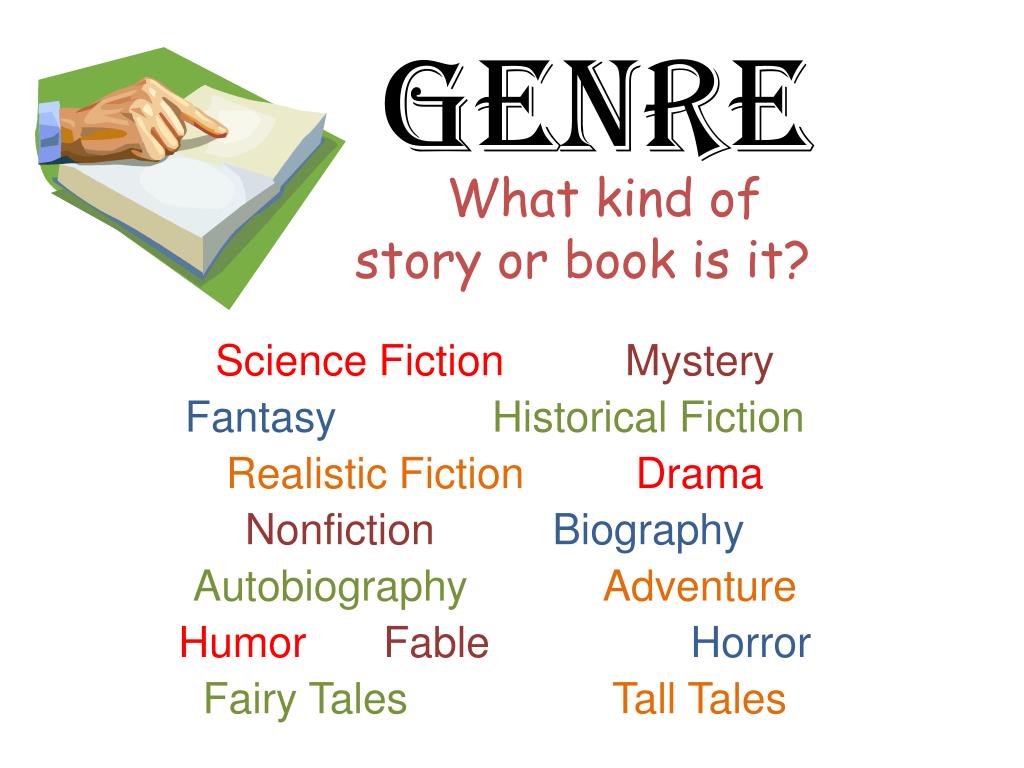
7.A Traveler Tale (where the character sets out to seek his/her fortune).
In a traveler tale, the main character sets off down the road to seek their fortune. There seem to be two types of these tales: 1)While traveling, the character has to pass a series of character tests which will come back to help him/her in the end. 2) The character learns a trade and is given a magical item from his mentor.
These tales often end with marriage to a princess. So sometimes there is crossover with a royalty tale, and sometimes there is also crossover with a military tale.
Common characteristics of a traveler tale:
- a poor man sets out to seek his fortune
- often brothers leave at the same time, taking different paths
- trials are suffered at several locations
- settings are often along the road, in the forest, at a pond or at an inn
- The character returns home with a skill, magical item, or married to a princess
An example of a traveler tale is The Skillful Huntsman.
A young man – a locksmith – sets out into the world looking for work. When he doesn’t find work, he chooses to become a huntsman and he finds someone to teach him.
After several years, his mentor gives him an air gun that never misses. Later, the young huntsman goes off down the trail to make is fortune and comes across giants plotting to kidnap a princess.
I hope those examples of fairytales above, helped you as you write your own story. If you want more examples, I encourage you to read a book for writers that dives deeper into writing fairytales titled: “Lessons from Grimm” by Shonna Slayton.
Now, I’m going to get back to the writing. I’ve been inspired to finish the new Cinderella romance I’ve been working on:)
Happy writing!
Do you have a favorite sub-genre of fairytale that you prefer to read(or write)? I’d love to hear your thoughts! Please do leave a comment below 🙂
10 Best Classic Fairy Tales For Your Kids
“If you want your children to be intelligent, read them fairy tales.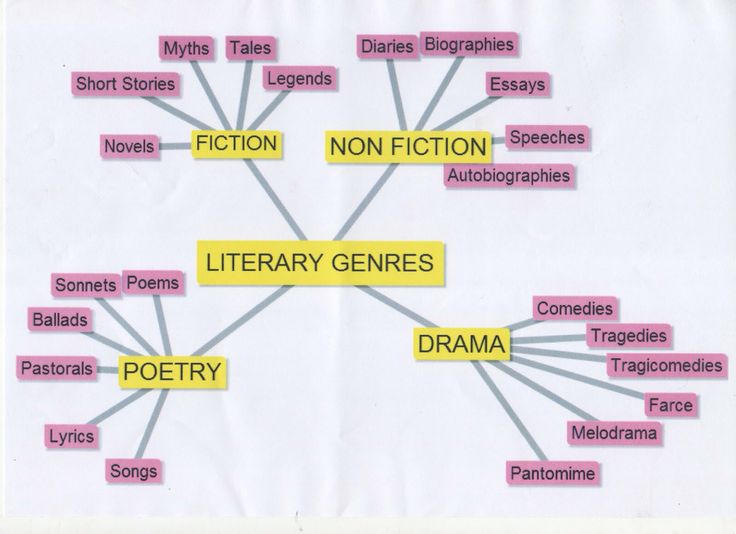 If you want them to be more intelligent, read them more fairy tales.” ― Albert Einstein.
If you want them to be more intelligent, read them more fairy tales.” ― Albert Einstein.
Fairy tales often take people to the sweet memory lane of their childhood. The memories of magic, dragons, and evilness getting defeated never fail to bring a smile to our faces.
Reading or listening to classic tales can help parents bond better with their children and nurture their creativity.
So, if you are looking for the best bedtime stories for your children, this blog will surely help you. Let’s explore some of the fascinating and timeless fairy tales that can bring lots of colors and blooms to your kid’s childhood.
10 Best & Timeless Fairy Tales For Children1. Cinderella
Cinderella is one of the most popular fairy tales of all time. Its story remains an all-time classic and will remain the same for future generations as well.
Cinderella was a young woman who lived with her wicked stepmother and stepsisters.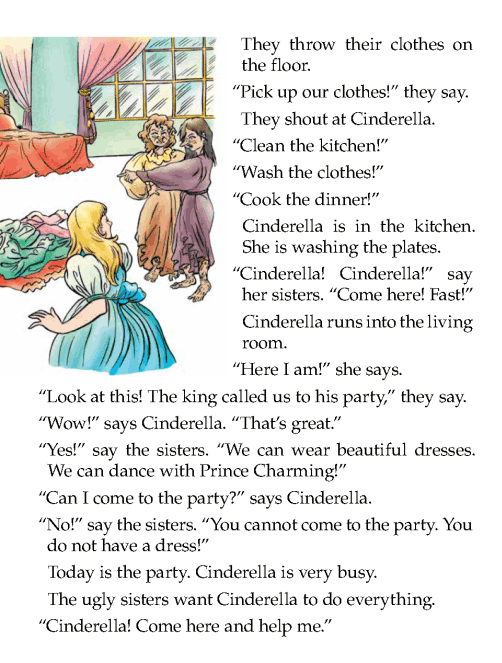 Thanks to her glass slipper, she found her Prince Charming and escaped her difficult life.
Thanks to her glass slipper, she found her Prince Charming and escaped her difficult life.
Cinderella’s story has been adapted in many variations over history. Cinderella’s popular version “The Brother Grimm” was published in 1812. Recently, in 2021, Disney has released a new Cinderella movie with a modern outlook.
Moral: This story tells kids how they should never stop dreaming despite all the hardships that life presents them with.
2. Beauty and the BeastRelated Reading: Top Reading Apps for Kids: How to Use Screens For Stories
Beauty and the Beast is a fairy tale that celebrates real royalty. In the story, a spoiled prince turns into a beast and imprisons a beautiful young lady named Belle. It’s only when he learns to love Belle that he becomes the prince again.
This fairy tale is assumed to be inspired by a real-life couple who lived in France in the 1500s. The man had a condition called hypertrichosis. This condition causes abnormal hair growth on the body.
This condition causes abnormal hair growth on the body.
So, he was referred to as a wild man and was kept in a cage for a long time. In a surprising turn of events, he married a royal court servant’s daughter, and they had 7 children.
Moral: We should value internal characteristics such as kindness over other superficial or physical qualities.
3. RapunzelRapunzel is a beautiful and motivational fairy tale. The story shows how a poor couple lost their daughter Rapunzel when they stole fruit from their neighbor’s garden. It also focuses on how the angelic voice of Rapunzel reunites her with her lover.
Moral: This story gives two bold messages that one should never steal, and evilness never wins.
4. Snow White and the Seven DwarfsRelated Reading: Best Children’s Books to Stimulate Kids’ Imagination & Creativity
Snow White is a young princess and is defined by her inherent kindness and pure beauty.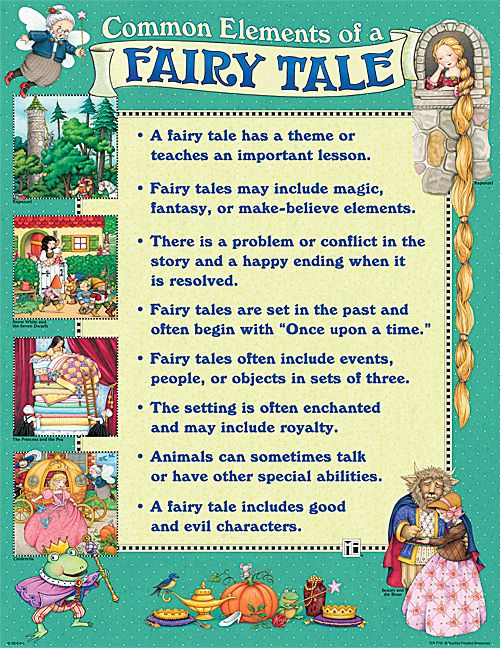 In the story, an evil queen spends all her life envying Snow White’s beauty.
In the story, an evil queen spends all her life envying Snow White’s beauty.
But, in the end, Snow White finds her happiness by marrying the prince. In contrast, the evil queen loses her peace and leads an unhappy life while chasing meaningless physical beauty.
Moral: This story has an insightful moral — if you lust over physical beauty, you lose your peace in the way. The story also encourages kids to be kind and pure like Snow White.
5. Little Red Riding HoodA rebellious Red sets off alone to meet her grandmother with instructions to never step off the forest path. But she disobeys the instructions and attracts the attention of the bad wolf.
Now, what happens next depends on the version you are reading. In the Charles Perrault version, Red gets gobbled up by the wolf. However, across Europe, North America, and many other tellings, she was saved by her hood or a guy with an ax.
Moral: This fairy tale intends to teach children to follow directions and express their courage at the time of need.
Jack is a rule-breaker and loves to prank. Once, he traded a family cow for a couple of magic beans in the hope of climbing the beanstalk and reaching the giant’s castle to steal his magic possessions.
This story will help you teach your naughty little pranksters that no matter how daring you are, one should never cross certain boundaries in life.
Moral: The story shows that undying greed for more will take away what you already have in your life.
7. Sleeping BeautyRelated Reading: Learning Styles That Make Learning Easy-Peasy For Kids
Sleeping Beauty is slightly similar to Snow White. The story revolves around a Sleeping Beauty who was cursed by a wicked fairy. Beauty spends all her childhood sleeping, but on her 16th birthday, her prince charming finds her and wakes her up after years of slumber.
Like other fairy tales, different interpretations of Sleeping Beauty are also available. However, Disney’s Maleficent in the year 2014 achieved the most success.
However, Disney’s Maleficent in the year 2014 achieved the most success.
Moral: The story shows that growing up has its own hurdles but in the end, love conquers all.
8. Puss in BootsIf you want to raise a little animal helper, this is the perfect story for you. Puss is a bold trickster who masquerades as the servant of a nobleman. His tactics bring him fame, fortune, and a wife at a young age.
The boots in this fairy tale symbolize wealth and wisdom. The story is set back in the 16th century when people used to be barefoot. So, having boots at that time was a significant sign of wealth.
Moral: The story’s moral is simple — your wisdom can help you win wealth.
9. Hansel and GretelThis tale talks about the hunger of the heart and stomach. Hansel and Gretel are abandoned by their stepmother in the forest. Both children can’t resist eating a real gingerbread cottage out of hunger. But they get caught by a cannibal witch who lives there.
In the end, they shove the witch into the fiery oven to escape.
Moral: This story will teach your kids how fortunate they are to have food on their plates. It will help them be grateful in life and never have any egos!
10. Frog PrinceIn this story, a frog helps a princess to find her golden ball in the pond and then invites her to live in the castle. It is then that the frog turns into a prince. The storyline of The Frog Prince is quite similar to Beauty and the Beast.
Moral: The story teaches that it’s important to value kindness and goodness over physical beauty. It also tries to convey the importance of keeping our promises.
Related Reading: Best Riddles for Kids of all Grades (With Answers)!Benefits of Reading Fairy Tales to Your Little Ones
Are you wondering how centuries-old fairy tales can benefit your child in this digital age? Well, no matter how old fairy tales are, they can always make your kid’s childhood happy and memorable.
Be it The Brothers Grimm or Jeanne-Marie Leprince de Beaumont, all the classic magic stories can benefit your child in a number of ways:
Early developmentStorytelling plays a significant role in a child’s development. That is because 95% of the human brain develops by the age of six. Therefore, reading or listening to fairy tales can build imagination and literacy for your child.
Your child can engage in fantasy land and learn to distinguish the fantasy world from the real world. They can learn to express their thoughts and ideas better.
Some studies even indicate that storytelling helps to improve vocabulary and confidence among children.
Develops problem-solving skillsThrough stories, children and even adults can learn how to handle certain problems. Cinderella’s story fits perfectly in this context. It tells how a young woman escapes her difficult life despite her wicked stepmother and stepsisters’ cruelties.
Stories allow people to step into the character’s shoes and learn how they can easily conquer problems and presents children with an interactive method of learning. This is one of the reasons why SplashLearn creates visually appealing and character-based animated games.
SplashLearn8217s game 8211 with different Oolzoos as charactersSign up & play learning games!
Builds faith in goodnessChildren connect better with the characters in the stories. This helps them learn from their favorite characters’ life stories. The stories can show children how to believe in goodness amidst problems and anxieties.
For example, Beauty and the Beast portray how selfishness can turn a prince into a beast. It also shows how beauty and kindness can turn a beast into a prince again.
Helps to understand cultural literacyFairy tales can bring cultural flavors into your child’s life. Different versions of stories are available today that can help your children interact with different cultures.
Fairy tales show that life isn’t perfect. Children discover that bad things happen to everyone. But if you are emotionally resilient, you can overcome all challenges.
This helps children stay strong during hard times and always believe in the richness of life despite hardships.
Stimulates imaginationExposing your child to the world of fantasy can stimulate their imagination. It might amaze you to see how children can give a spin to traditional stories and interpret them into something completely different.
For instance, the University of Hawai’i conducted a study to evaluate the positive impact of fairy tales on children. In the study, researchers exposed children to different classic stories to understand their impact.
Interestingly, after listening to Little Red Riding Hood, a seven-year-old boy draws the wolf to the size of an ant. He used his imagination to create a funny interpretation of the bad wolf and show his courage.
So, when you introduce a story to your child, you are providing them with an opportunity to think and imagine different scenarios.
Teaches moral lessonsEvery fairy tale is attached to a moral lesson. Fairy tales often leave us with a strong message, whether it is being good or believing in love or friendship.
You might have a hard time making your toddler understand where the difference between good and bad lies. But stories like “The Emperor’s New Clothes” can better show to your kids, the consequences of convincing yourself that something was true when it wasn’t.
Helps parents bond with their kidsThrough classic fairy tales, parents can bond with their children in a great capacity. They can relive their childhood memories with their kids and build some new memories.
Teach, Motivate and Stimulate Imagination with GamesYou can forget anything in your life, but you can never forget all the classic fairy tales that you have heard in your childhood. Have you ever thought, why?
That is mainly because stories capture our interest in a much better way. And once we learn something with an interest, we tend to not forget that information.
SplashLearn creates learning games to spike and capture kids’ interest. The engaging characters and visuals motivate the little ones to learn. Different mediums like games, worksheets and courses on Math and English can help them remember and retain concepts their entire life.
Today, you can try SplashLearn with your kids to see how they actually interact with interesting learning mediums.
Parents, sign up for free!
Frequently Asked Questions (FAQs)
Which is the oldest fairy tale?
According to some researchers, The Smith And The Devil is the oldest fairy tale. It goes back by 6,000 years to the Bronze Age.
Do all fairy tales have morals?
Yes. Fairy tales are written with a motive to teach a lesson to children via interesting characters and a storyline
How do fairy tales affect child development?
When children listen to fairy tales often, it affects their imagination and helps them to think about new things. The fairy tales affect the emotional, physical, and mental development of a child.
Do fairy tales have the truth?
Fairy tales have been passed down from many generations and cultures. However, today there’s no solid source from where these tales come from, but they have been inspired from somewhere. So, we can say that some fairy tales are adaptations of real-life events.
Are fairy tales timeless?
Yes. The storyline might have changed in many tales with time, but the central idea has always been the same.
What is the right time to read fairy tales to your child?
There’s no specific time to read stories to your kids. However, most parents prefer to read stories before bedtime. But you can read them to your child anytime as soon as they turn two.
Types of fairy tales and their characteristics, main types
4.3
Average rating: 4.3
Total ratings: 421.
4.3
Average rating: 4.3
A fairy tale is one of the genres of folklore, written or oral folk art, with the help of which a fictional world and fictional characters are shown. This article answers the question, what are the types of fairy tales, and what are their features? nine0003
Types of fairy tales
A fairy tale is most often an epic, prose work, where the main characters can be not only people, but also animals, objects, elements. The fairy tale tries to convey a certain idea to the reader with the help of created images. Any fairy tale consists of a beginning, a middle and an ending. A sign of a fairy tale is that it always has a moral, with the help of which the vices of society or a particular person are ridiculed.
All fairy tales can be divided into the following types:
- fairy tales about animals. In such fairy tales, the main characters are wild or domestic animals, while they are endowed with certain human qualities. For example, a fox is usually endowed with cunning, agility, a hare with cowardice, a bear with wisdom, slowness. These tales are very common, for example, in L. Tolstoy. The presence of a person in such fairy tales also takes place, but this is not a prerequisite.
- fairy tales. Fairy tales can be adventurous, heroic, magical. They describe a fantasy world in which, unlike the real world, completely different laws operate. it is worth noting that fairy tales never pretend to be realistic and do not try to look true. nine0026
- household fairy tales. A characteristic of everyday fairy tales is that this kind of fairy tales describes everyday life. The conflict here is the confrontation of opposite qualities: kindness, honesty, loyalty, decency are opposed to lies, hypocrisy, greed, lies.
Also, fairy tales can be divided into 2 types: folk and author's. The author of folk tales are the peoples, generations of people who in fairy tales expressed the questions that concern their generation.
nine0002 Examples of folk tales are "Gingerbread Man", "Ryaba Hen", "Teremok", etc. Rice. 1. Kolobok.Author's fairy tales have an author.
Popular authors of fairy tales are Ch. Perrault, F. Hauff, Brothers Grimm
What have we learned?
This article will help schoolchildren to learn the definition of the word "fairy tale", to learn the main types and types of this folklore genre. It also lists the most famous authors of this genre.
Subject test
nine0002 Hall of HonorTo get here - pass the test.
-
Ekaterina Romas
5/5
-
Nestrueva Lisa
5/5
-
Denis CRETS
9000 5/5
5/5
4.3
Average rating: 4.3
Total ratings received: 421.
What is your grade?
What are fairy tales (classification of fairy tales)
Fairy tales are different:
Told and not told…
Let's start with the fact that I will give you the most famous classifications of fairy tales.
So, there are fairy tales: folk and author's. Folk - these are those that do not have a specific author, the tale was passed on among the people by word of mouth and no one will say who it was originally written by. An author's story is a fairy tale that has a specific author. For example, "Black Hen or Underground Dwellers" is copyrighted because its author is known. This is Anthony Pogorelsky. nine0003
The next classification concerns not the authorship, but the content of fairy tales. According to this characteristic, fairy tales are divided into:
1. Tales about animals;
2. Magic;
3. Social and household (satirically household).
Tales about animals
These are the same fairy tales that should be read very first (up to 5-6 years old). They involve permanent characters (bear, wolf, fox, hare, hedgehog, etc.). Basically, constant signs of animals are indicated (the fox is cunning, the bear is strong, the cat is smart, the hare is timid, etc. ). Of these tales, copulative ones stand out - selected according to the principle of plot connection (“Turnip”, “Kolobok”, “Teremok”). Many of them have a childish linguistic connotation (a mouse-norushka, a cat with a little white tummy). nine0003
Fairy tales
They involve romantic heroes who embody the best qualities of a person. Mandatory for this fairy tale: the image of a good hero + helpers + magic items. The main thing in such fairy tales: the struggle for love, for truth, for good. They are characterized by a rich language, colored definitions, negative characters - fantastic (Baba Yaga, Goblin, Kikimora, Serpent Gorynych). As for the structure of fairy tales, fairy tales are obligatory here (once upon a time), the middle (the morning is wiser than the evening, how long is it short) and the ending (and I was there, I drank honey and beer). nine0003
Social fairy tales
They depict real life, social content, ridicule negative human qualities. High moral qualities do not belong to the rich and people of high rank, but to representatives of the people (soldier, old man). It is not money and strength that win, but intelligence and skill. Sharp negative characteristics are given to the master, the priest, the king and others. Such fairy tales appeared when there was a desire to change the social system, and they expressed the democratic mood of the people (the author). In social fairy tales, puns, humor, shifters, laughter, and satire are widely used. nine0003
In addition to all of the above, other types of fairy tales appear: personalized - about a specific person who is not invented by the author, but actually exists. Therapeutic - which help to correct the behavior, habits of children (for example, weaning nail biting).
It is possible that there are other types of fairy tales, but I know only these. If you know more about fairy tales, please add to this list in the comments.

